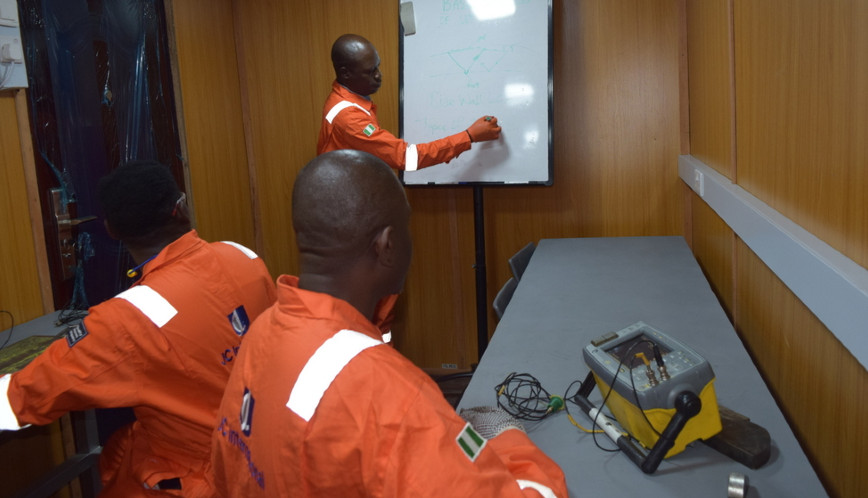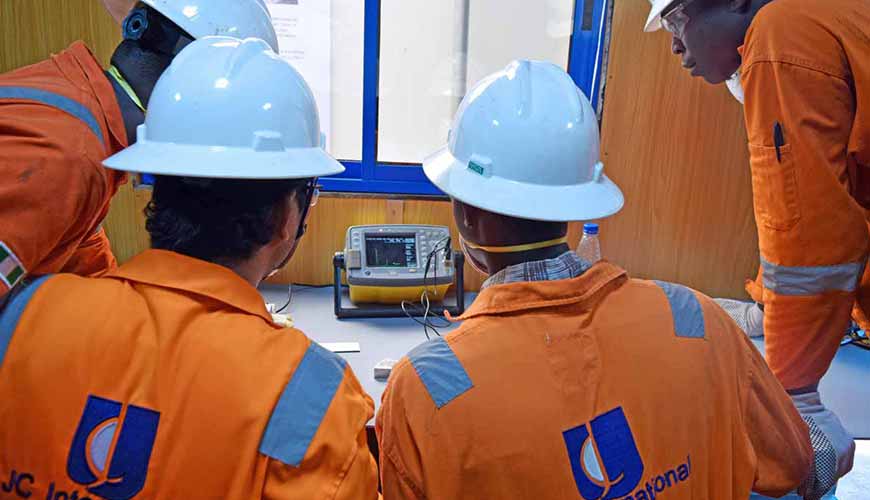



Objective
To gain experience with and understanding of the types, advantages and applications of various NDT methods.
- Foundation: To provide students with a strong knowledge of terms, concepts, principles etc. involved in Non-Destructive Testing.
- Skills: To provide practical training in handling and testing the Non-Destructive Testing equipments.
- Data Analysis: To develop knowledge and skills for interpretation and evaluation of the results.
- Awareness and professional Ethics: To offer environment to enhance team essential skills for effective careers in the inspection profession.
Course Details
Courses
Magnetic Particle Testing Level I
Magnetic Particle Testing Level II
Duration
3 days
3 days
Scientific Principles
A magnetic field is established in a component made from ferromagnetic material. The magnetic lines of force travel through the material, and exit and reenter the material at the poles. Defects such as crack or voids cannot support as much flux, and force some of the flux outside of the part. Magnetic particles distributed over the component will be attracted to areas of flux leakage and produce a visible indication.
Main Uses
Used to inspect ferromagnetic materials (those that can be magnetized) for defects that result in a transition in the magnetic permeability of a material. Magnetic particle inspection can detect surface and near surface defects.
Main Advantages
Large surface areas of complex parts can be inspected rapidly.
Can detect surface and subsurface flaws.
Surface preparation is less critical than it is in penetrant inspection.
Magnetic particle indications are produced directly on the surface of the part and form an image of the discontinuity.
Equipment costs are relatively low.
Disadvantages
Only ferromagnetic materials can be inspected.
Proper alignment of magnetic field and defect is critical.
Large currents are needed for very large parts.
Requires relatively smooth surface.
Paint or other nonmagnetic coverings adversely affect sensitivity.
Demagnetization and post cleaning is usually necessary
Target Audience
Level I: NDT Operators, NDT Salesmen, Anyone seeking the Basic NDT Principles and Practices.
Level II: Engineers & QA/QC Personnel, Welding Supervisors & Inspectors, NDT Technicians & Practitioners, Qualified NDT Level I individuals who want to be qualified as Level II.
Award
Delegates attending and successfully completing both the practical and written assessments will be awarded a certificate showing compliance with SNT – TC – 1A.
ACCREDITATION AND PROFESSIONAL MEMBERSHIPS

